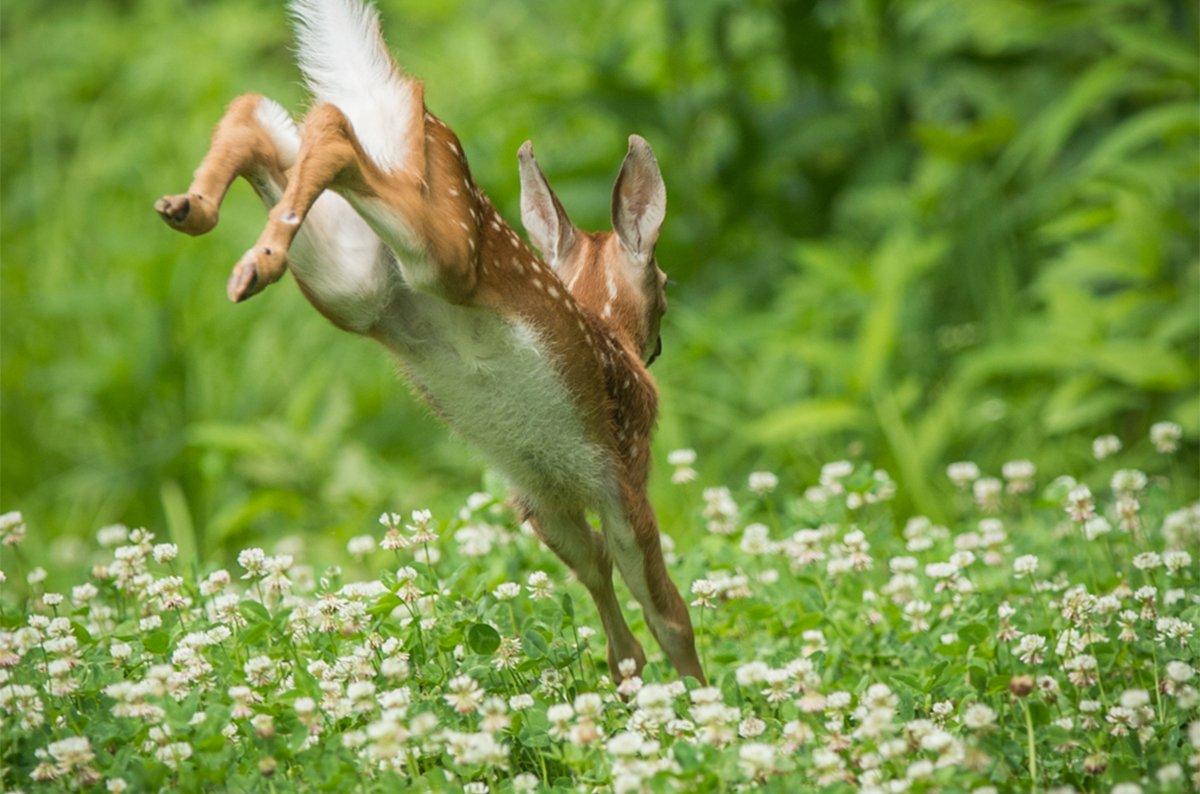What Is Your Preferred Food Plot Seed Option?
White clover just might be one of the best all-around legume food sources for deer. It's highly nutritious, fairly hardy, and is often overlooked due to other clover variety options. Nonetheless, white clover has earned its spot in the world of food plots.
This high-protein seed option requires less maintenance than most varieties, too. It can last anywhere from three to five years with minimal maintenance. Not to mention its high rating as a disease-resistant plant. Furthermore, it does well tolerating heat and tougher conditions that other plants might succumb to.
While I'm not a big fan of seed mixes (much different than planting different things adjacent to one another), white clover grows decently when planted with non-broadleaf grasses. But make sure the sub-variety of white clover you choose is the right one, as they are not all equal in terms of nutrition.
How to Plant
Begin by spraying for weeds. Allow one to two weeks, or adequate die-off time, before planting. Next, take a soil sample. White clover prefers a pH range of 6.0 to 7.0. Lime and fertilize as needed.
Now it's time to break ground. Prepare a good seedbed by disking up the desired area. If broadcasting, I prefer to plant about 7 to 8 pounds of seed per acre. If drilling, a little less is required. Make sure you inoculate the seed prior to planting if it isn't already.
While white clover doesn't technically have to be covered in order to germinate, it's much better if you put them at a depth of ¼-inch. Do not disc it in, as that will put the seed too deep. Use a cultipacker, drag or simply run over it with ATV/vehicle tires to ensure good seed-to-soil contact. Mow the area one to two times (to a height of five to six inches) during the spring and summer to prevent weeds from overtaking the clover.
Where to Plant
This highly digestible plant will grow well throughout most of the United States and even southern Canada (where legal). The extremely dry and arid southwestern region should be the only large area where growth might be significantly inhibited.
When to Plant
Avoid planting when it's really hot and dry. It's best to plant when rain is in the forecast. Spring and late-winter frost seedings are your best options. Outside of those windows, germination and growth success may be limited. Observe optimal food plot planting times listed on the bag of seed you purchase.
Don't Miss: 5 Food Plots for Procrastinators
Are you a hunter wanting to learn how to accomplish your goals? Check out our stories, videos and hard-hitting how-to's on food plots and land management.







